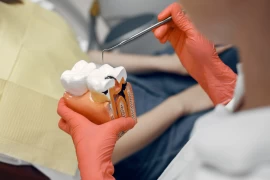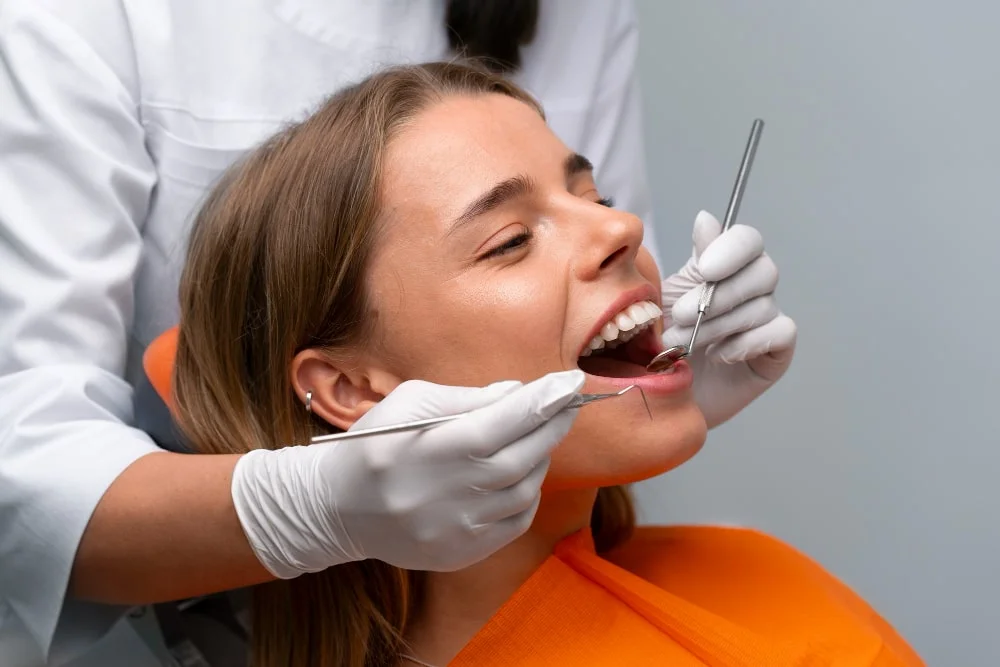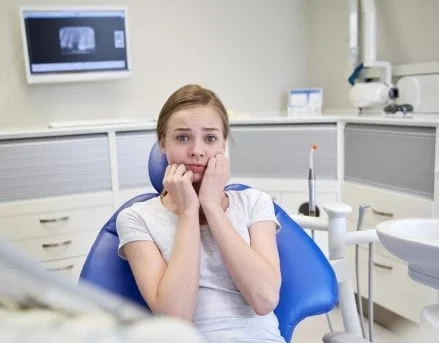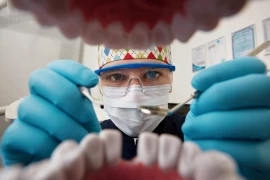
Can Loose Teeth Be Restored to Health? A Periodontology Journey
- Can Loose Teeth Be Restored to Health? A Periodontology Journey
- Loose Teeth: What Is the Root Cause of the Problem?
- Diagnosis: Getting to the Root of the Problem
- Treatment: Is It Possible to Restore Loose Teeth to Health?
- Post-Treatment Care: Long-Term Planning for Healthy Teeth
- Conclusion: Saving Your Teeth is Possible
Over the years in dentistry, I have come to realize the importance of crafting a unique story for each patient. Every patient embarks on a distinctive journey depending on the condition of their gums, their overall health history, lifestyle, and other factors. Understanding the concern of a patient who notices their teeth starting to loosen is one of the most crucial steps in the treatment process. Addressing these concerns and helping restore my patients’ teeth to health is my greatest motivation as a periodontology specialist.
Loose Teeth: What Is the Root Cause of the Problem?
Loose teeth are often a sign of significant deterioration in the health of the gums and the bone structure that supports the teeth. Periodontal diseases, particularly periodontitis, are the most common causes of gum and bone loss. This disease develops when gum inflammation (gingivitis) progresses to affect the bone tissue and connective tissue. The gums become inflamed due to bacterial plaque and tartar buildup, and when left untreated, the bone that holds the teeth in place gradually begins to erode. Over time, this bone loss leads to tooth mobility and eventually tooth loss.
However, it is not always correct to assume that loose teeth are caused solely by periodontal diseases. Trauma, occlusal (bite) problems, excessive forces applied during orthodontic treatment, systemic diseases (such as diabetes), and certain medications can also lead to tooth mobility. Therefore, a comprehensive evaluation of loose teeth is vital.
Diagnosis: Getting to the Root of the Problem
As a periodontology specialist, I initiate a detailed diagnostic process in every case where a patient presents with loose teeth. The first step is to assess the patient’s overall health and medical history. Systemic diseases like diabetes can accelerate the progression of periodontal diseases and make treatment resistant. The patient’s lifestyle, oral hygiene habits, and dietary patterns are also evaluated. With this information, it becomes easier to determine the factors causing tooth mobility.
During the clinical examination, the condition of the gums is carefully examined. Signs of bleeding, swelling, and gum recession are looked for. A method called periodontal probing is used to measure the depth of gum pockets. Deep pockets may indicate bone loss and the presence of periodontal disease. In addition, radiographic examinations (panoramic X-rays and periapical films) are used to evaluate the bone structure supporting the teeth. These images help us assess the extent and severity of bone loss.
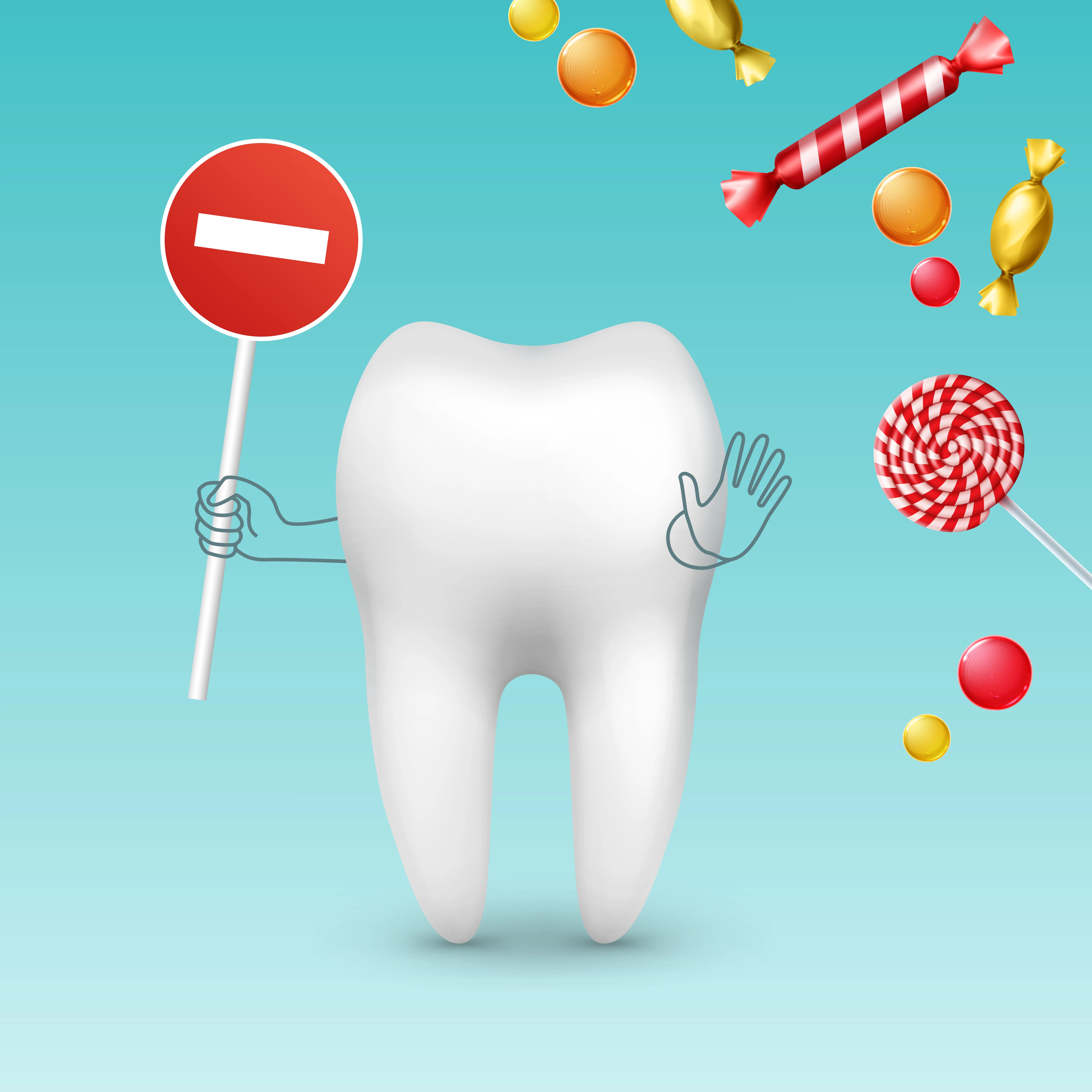
Treatment: Is It Possible to Restore Loose Teeth to Health?
Whether loose teeth can be restored depends on the degree of disease progression and its cause. The treatment plan is customized for each patient and generally involves several stages.
- Initial Treatment: Hygiene Education and Professional Cleaning
The treatment process begins with educating the patient on oral hygiene. Controlling bacterial plaque, the leading cause of gum disease, is essential for successful treatment. Patients are informed about proper brushing techniques, flossing, and the use of antibacterial mouth rinses. At this stage, a professional cleaning is performed to remove tartar and plaque buildup. This reduces gum inflammation and creates a healthier environment for the teeth to heal. - Deep Cleaning: Scaling and Root Planing
Following the initial treatment, scaling and root planing may be applied in more advanced cases. This procedure removes bacteria and toxins from the root surfaces, smooths the root surfaces, and allows the gum tissues to reattach to the teeth. This step is critical for reducing the depth of periodontal pockets and controlling inflammation. - Medication and Antimicrobial Treatment
In some cases, antibiotic therapy or local antiseptic applications may be necessary. These medications help control infection and reduce inflammation. Additionally, innovative methods such as laser therapy can be used to remove infected tissues and eliminate bacterial biofilm. - Surgical Intervention: For Advanced Cases
If tooth mobility is due to significant bone loss, surgical interventions may be required. Periodontal surgeries involve removing infected tissues, treating the root surfaces, and repairing bone loss with bone grafts. These procedures aim to improve the stability of the teeth and promote the healthy reattachment of gum tissues to the teeth. - Regenerative Treatments: Rebuilding Bone and Gum Tissue
In cases where significant bone loss has occurred due to periodontal disease, bone grafts and biomaterials can be used to promote bone regeneration. These treatments aim to rebuild lost bone tissue and provide healthy support for the teeth. When combined with gum surgery, bone grafts can help reconstruct the bone structure around the teeth.
Post-Treatment Care: Long-Term Planning for Healthy Teeth
The success of treatment for loose teeth can be sustained with regular post-treatment care and check-ups. Patients should be monitored regularly by their periodontist, and professional cleanings should be performed. Additionally, patients must continue to maintain good oral hygiene and visit their dentist for regular check-ups. This is essential to prevent the recurrence of gum disease and preserve the health of the teeth.
Conclusion: Saving Your Teeth is Possible
Loose teeth can be a frightening experience for many of my patients. However, with the right diagnosis, timely intervention, and personalized treatment plans, it is possible to restore these teeth to health. As a periodontology specialist, I am here to provide the best care and treatment methods to protect and treat my patients' teeth and gum health. If your teeth begin to loosen, rather than ignoring the issue, consult a specialist. Remember, the health of your teeth is not only important for aesthetics but also for your overall well-being.
Wishing you healthy smiles and happy days.
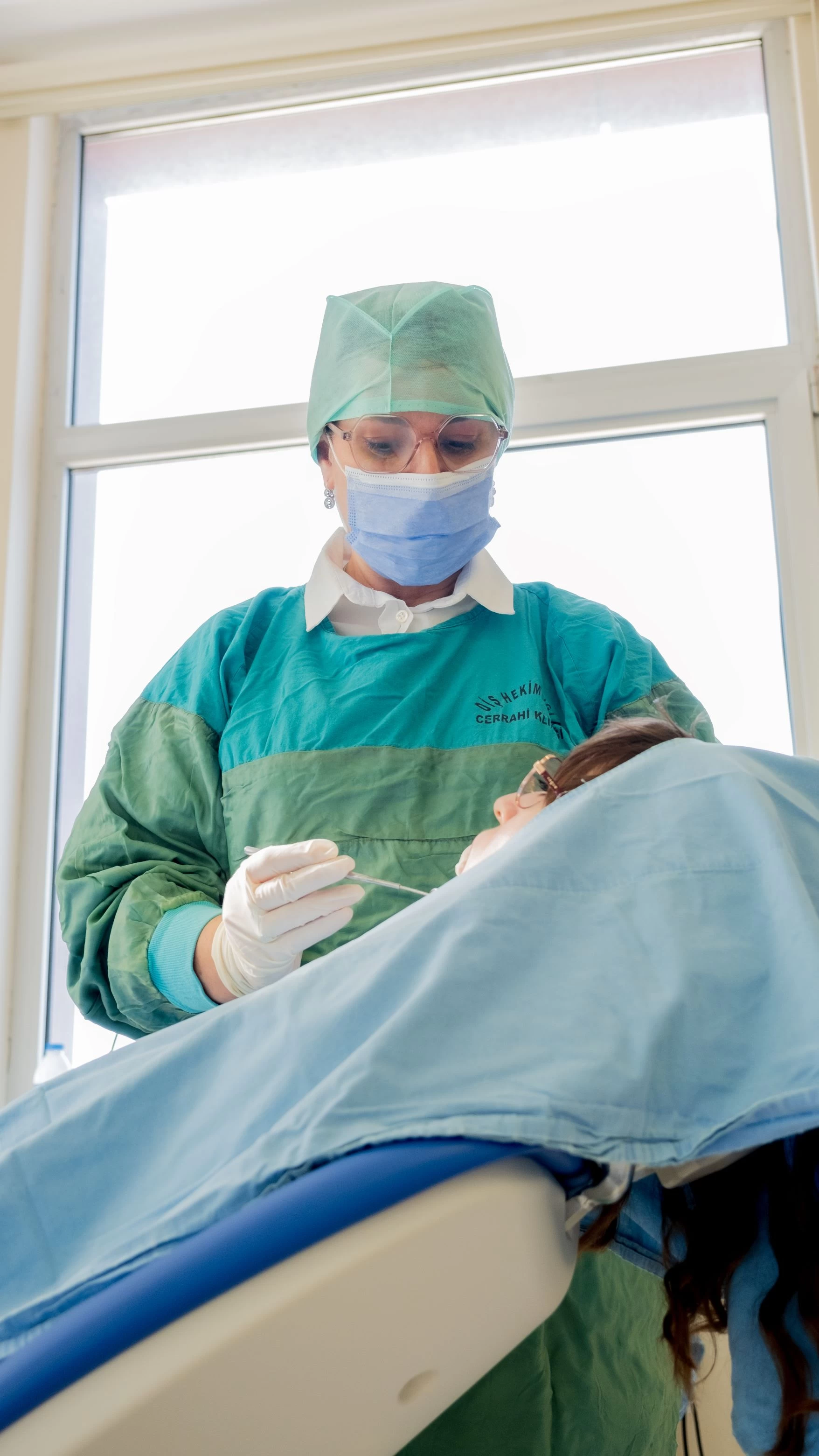
Prof. Dr. Elif Eser Acarel
Periodontology Specialist

